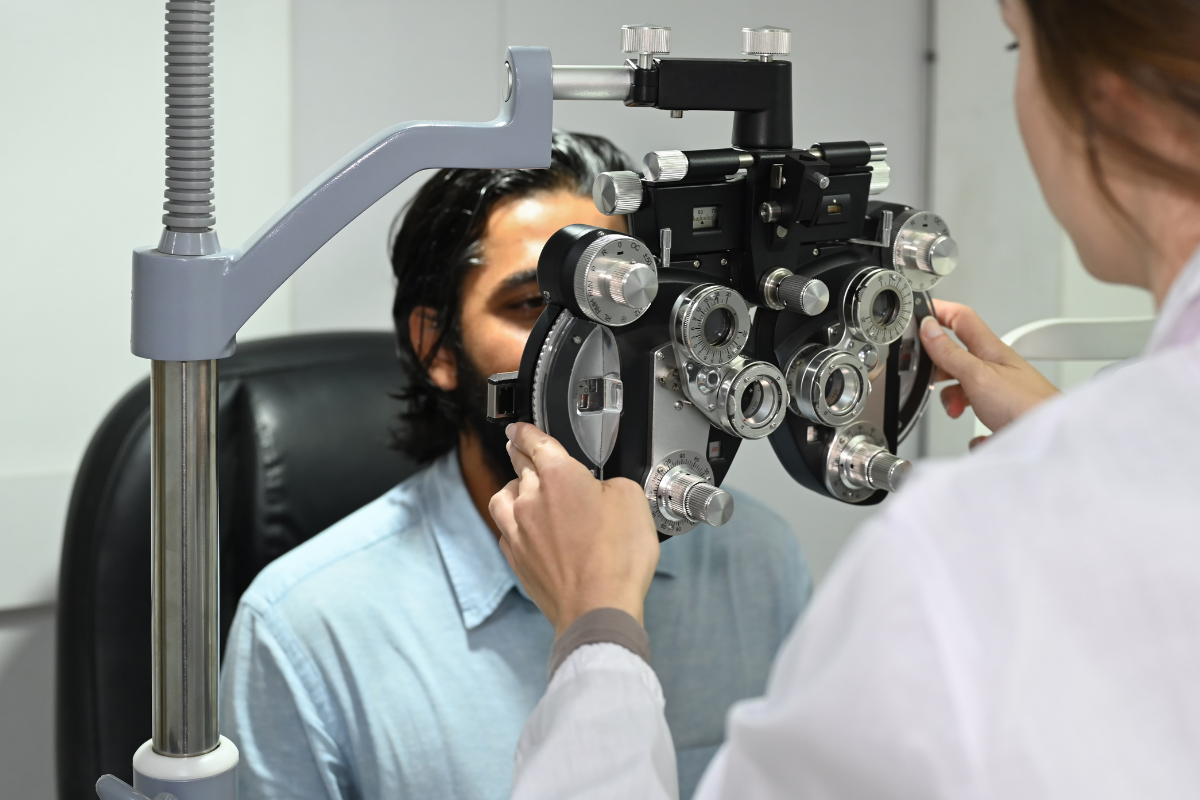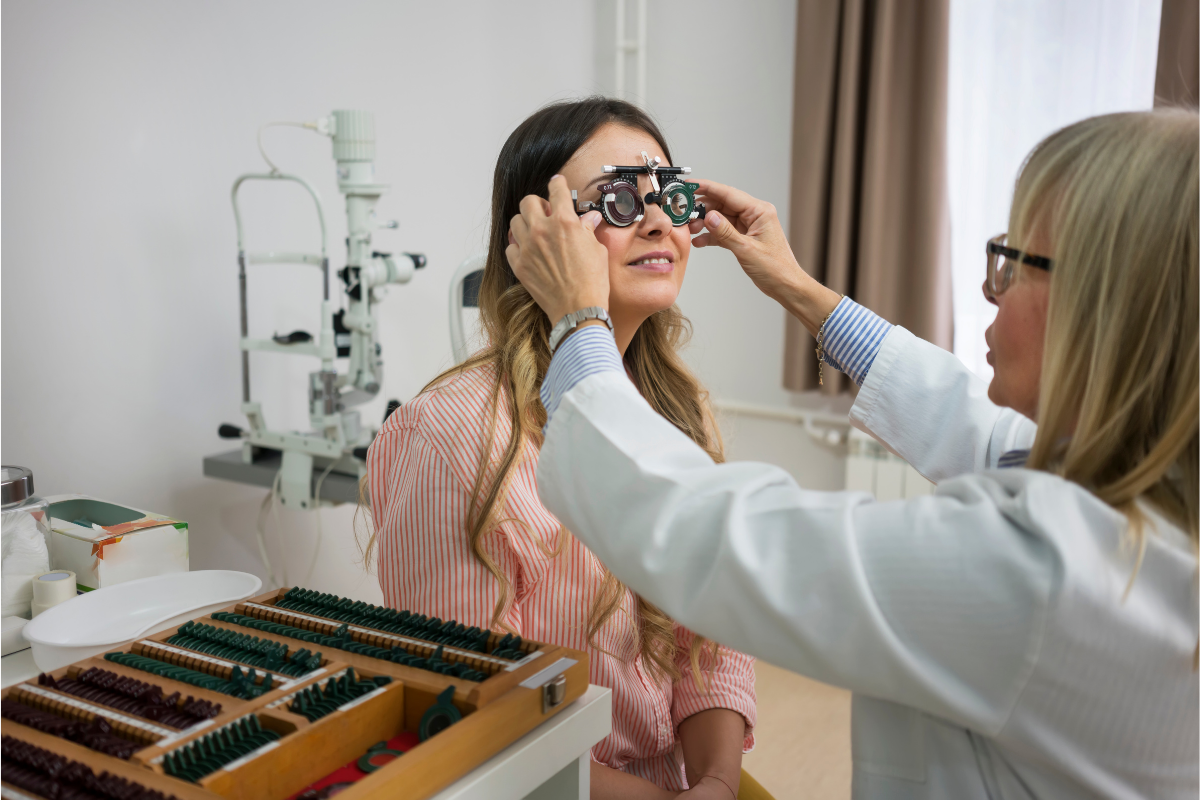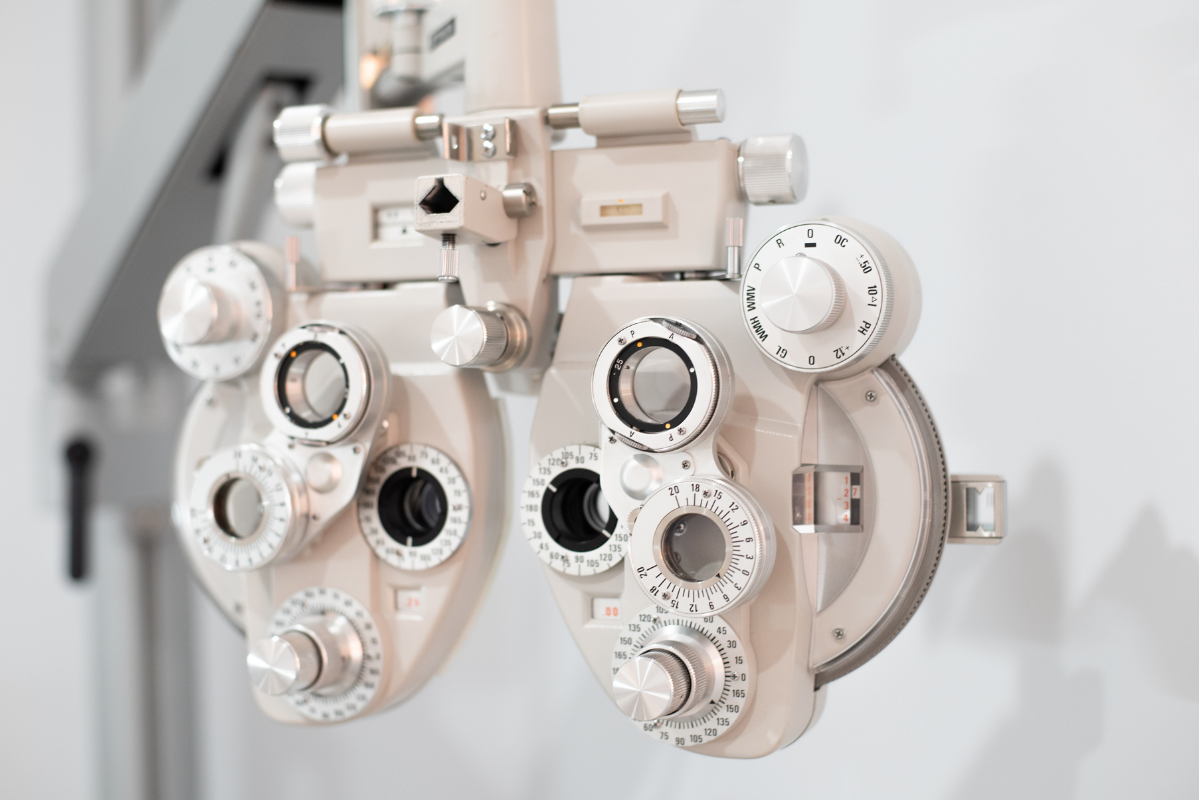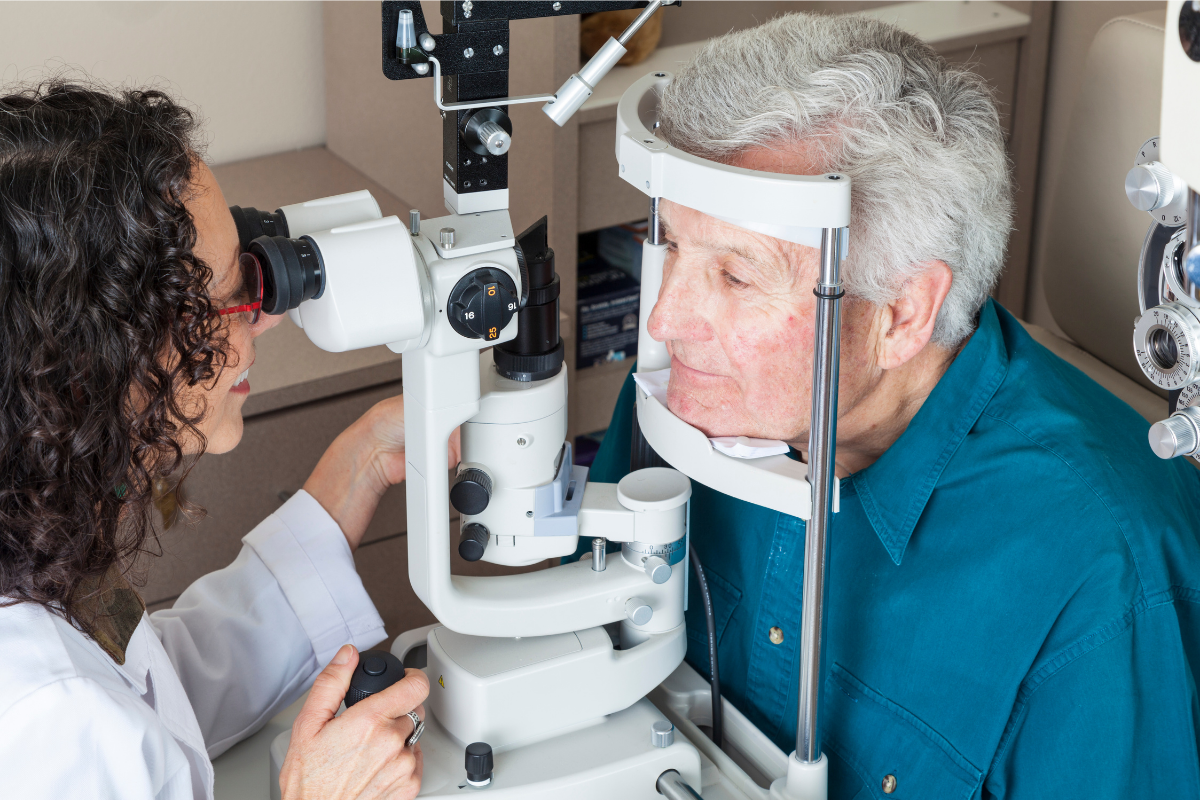

In recent years, advancements in medical technology have transformed various fields, with eye surgery being one of the most notable. The integration of laser technology has revolutionized how eye conditions are treated, leading to safer and more effective procedures. For those seeking expert care in this evolving landscape, finding an Optometrist in Watauga TX can provide invaluable guidance. As we look to 2024, it is essential to explore the latest developments in laser eye surgery and what they mean for patients and healthcare providers alike.
Laser technology in eye surgery has come a long way since its inception. Originally utilized for corneal reshaping, lasers now play a crucial role in a range of procedures, including cataract surgery, glaucoma treatment, and retinal repair. The precision and accuracy of lasers significantly reduce the risk of complications while improving recovery times. This evolution reflects a broader trend in medicine toward minimally invasive techniques that prioritize patient safety and comfort.
One of the most significant innovations in laser eye surgery is the development of femtosecond lasers. These advanced devices can create precise incisions with unparalleled accuracy, allowing for improved outcomes in procedures like LASIK and cataract surgery. Unlike traditional methods, which rely on blades for incisions, femtosecond lasers utilize quick bursts of energy to separate tissue layers. This technology minimizes trauma to surrounding tissues, resulting in less postoperative discomfort and faster healing.
As we move into 2024, the application of femtosecond laser technology is expected to expand further. Surgeons are increasingly adopting these systems for complex cases that may have been considered challenging in the past. For instance, patients with irregular corneas or those who have undergone previous eye surgeries can benefit from this enhanced precision. The ability to customize laser treatment based on individual eye anatomy means that surgeons can tailor procedures to meet each patient’s unique needs, ultimately improving surgical outcomes.
In addition to femtosecond lasers, the field of eye surgery is witnessing advancements in laser-assisted cataract surgery. This technique combines the precision of lasers with traditional surgical methods, allowing for the fragmentation and softening of cataracts before they are removed. By using a laser to break up the cloudy lens, surgeons can perform the procedure more efficiently, reducing the time spent in surgery and minimizing the risk of complications.
The benefits of laser-assisted cataract surgery extend beyond the operating room. Patients often experience quicker recovery times, allowing them to return to their daily activities sooner. Moreover, the enhanced accuracy of laser techniques can lead to improved visual outcomes, as patients may require less correction after surgery. The integration of technology into cataract procedures represents a significant leap forward in the quest for optimal patient care.
Another noteworthy trend in eye surgery is the increasing use of diagnostic imaging technologies. Innovations such as optical coherence tomography (OCT) provide surgeons with detailed images of the eye, enabling them to assess conditions more accurately. By combining these imaging techniques with laser technology, healthcare professionals can make informed decisions about the best course of action for their patients.
Furthermore, patient education is becoming an integral part of the surgical process. As laser technology continues to evolve, it is essential for patients to understand their options fully. Healthcare providers are now focusing on improving communication and transparency regarding procedures, risks, and expected outcomes. By fostering a collaborative environment, patients can feel more empowered to make informed choices about their eye health.
In addition to the advancements in surgical techniques, the future of eye surgery also involves exploring new frontiers in laser applications. Research is ongoing to expand the capabilities of laser technology beyond traditional uses. For example, scientists are investigating the potential of lasers for treating conditions such as age-related macular degeneration and diabetic retinopathy. As we progress into 2024, the possibilities for laser applications in ophthalmology are vast and hold promise for patients with previously limited treatment options.
Moreover, telemedicine is poised to play a significant role in the future of eye care. With the growing reliance on virtual consultations, patients can receive expert advice and follow-up care without the need for in-person visits. This shift not only improves accessibility but also allows for better monitoring of patients’ conditions over time. For individuals seeking care from a reputable Optometrist in Watauga TX, telemedicine offers a convenient solution to stay connected with healthcare providers, ensuring they receive timely information and support.
As we embrace these advancements, it is essential to consider the broader implications for eye surgery and patient care. The future of eye surgery is not just about technological innovations; it is also about enhancing the overall patient experience. By prioritizing safety, accuracy, and patient education, healthcare providers can create a healthcare environment that fosters trust and encourages patients to take charge of their eye health.
In conclusion, the landscape of eye surgery is rapidly evolving, driven by advancements in laser technology and a commitment to patient-centered care. As we look ahead to 2024, the potential for improved outcomes and innovative treatment options continues to grow. For those interested in exploring these advancements and seeking expert guidance, HD Eyecare stands ready to provide the highest quality of care, ensuring that every patient receives personalized attention and the best possible outcomes for their eye health.







